In Southeast Asia, the Protein Challenge is aiming for nothing less than a total transformation of regional food systems. The solution? Empowering and uniting the protein system’s various and diverse actors to create change from within.
SINGAPORE—
Ee Peng Ang doesn’t miss a beat. In a storage unit at the northern tip of Singapore, the urban farmer works with a laser-like focus, plunging her bare hands into a plastic crate of compost. She rolls the dirt between her fingers: Feathery soft and pleasantly warm. She gives a curt, satisfied nod.
Ang is the co-founder of Soil Social, a Singapore-based startup that creates high-quality compost from urban and agricultural waste. Soil helps purify water, provides plants with essential nutrients, and regulates climate, among other critical roles. Soil quality also profoundly affects the outcomes of our most important crops, including chickpeas, soybeans, and other plant-based proteins. “If soil degrades physically, it’s the end of life,” Ang explains.

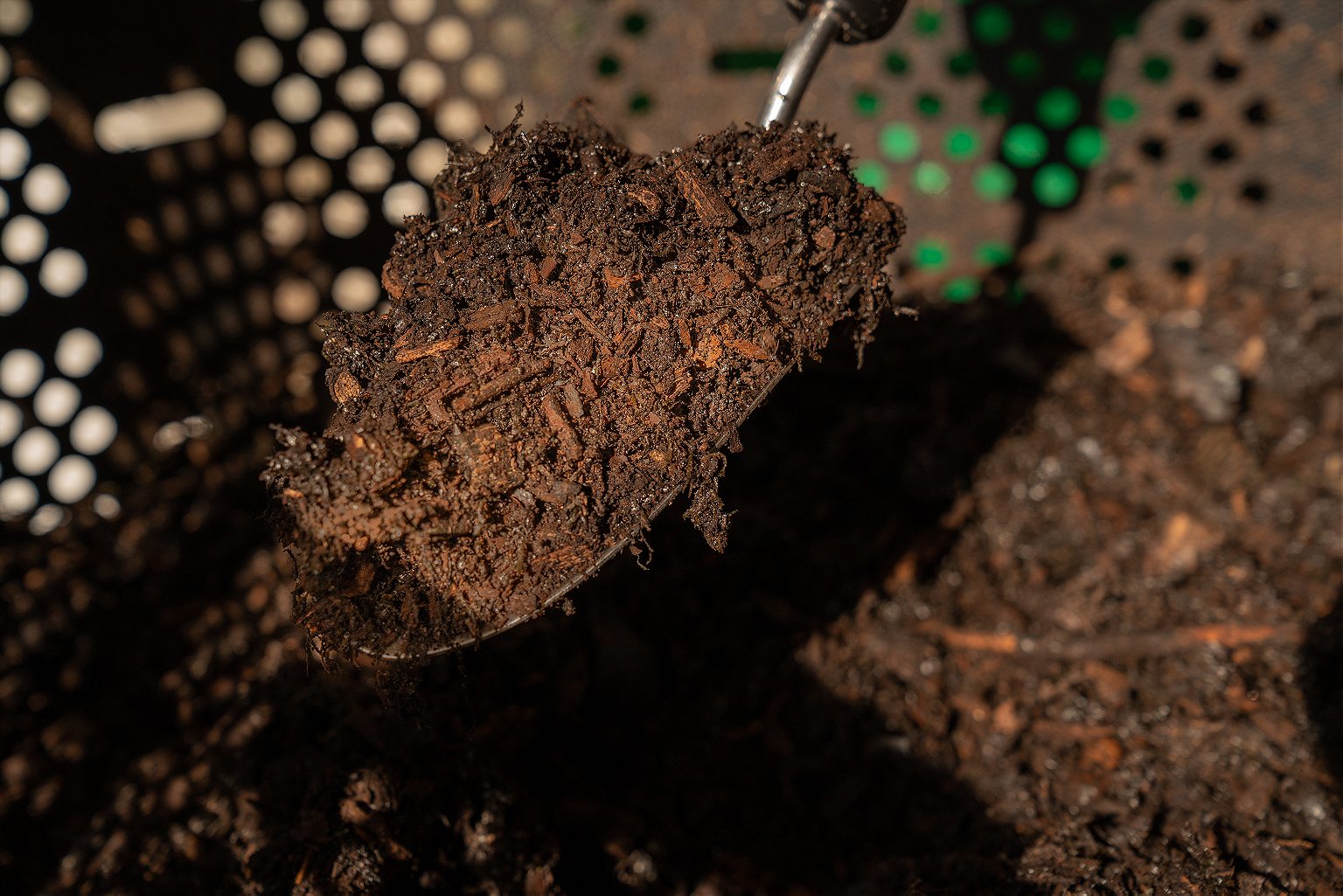
“It’s quite rare for people to value soil,” her co-founder Jayden Ong adds. “I feel it’s a very neglected space.” In August 2022, when the sustainability-focused international nonprofit Forum for the Future invited them to join their new initiative Protein Challenge Southeast Asia, the pair jumped at the chance. “We were very excited because it’s so important to look at the bigger picture,” says Ong.
Soil Social is precisely the kind of obsessive and idealist organization the Protein Challenge was built to help. The initiative explores the change agency of actors to reimagine a just and regenerative protein system by bringing them together and offering collaborative support. The backbone of the Protein Challenge lies in bringing together and fostering ‘Protein Visionaries’: Stakeholders who share a similar goal of what the region’s future food system could look like.
The Visionaries are as diverse as the protein options in a supermarket: farmers growing animal- and plant-based protein; food tech companies developing products derived from insects, microbes, and other alternative protein sources; investors; and policy-makers. Their ranks also include affiliated entrepreneurs like Soil Social, who don’t necessarily produce proteins per se but support their growth by helping to maintain healthy ecosystems. Ingenuity is common to many of the Visionaries, such as Muhammad Ibnur Rashad, founder of the Ground-Up Innovation Labs for Development. Rashad’s wildly inventive floating gardens use recycled shampoo bottles and a semi-porous mesh made from natural fibers to grow herbs and other edible plants in the heart of Singapore.
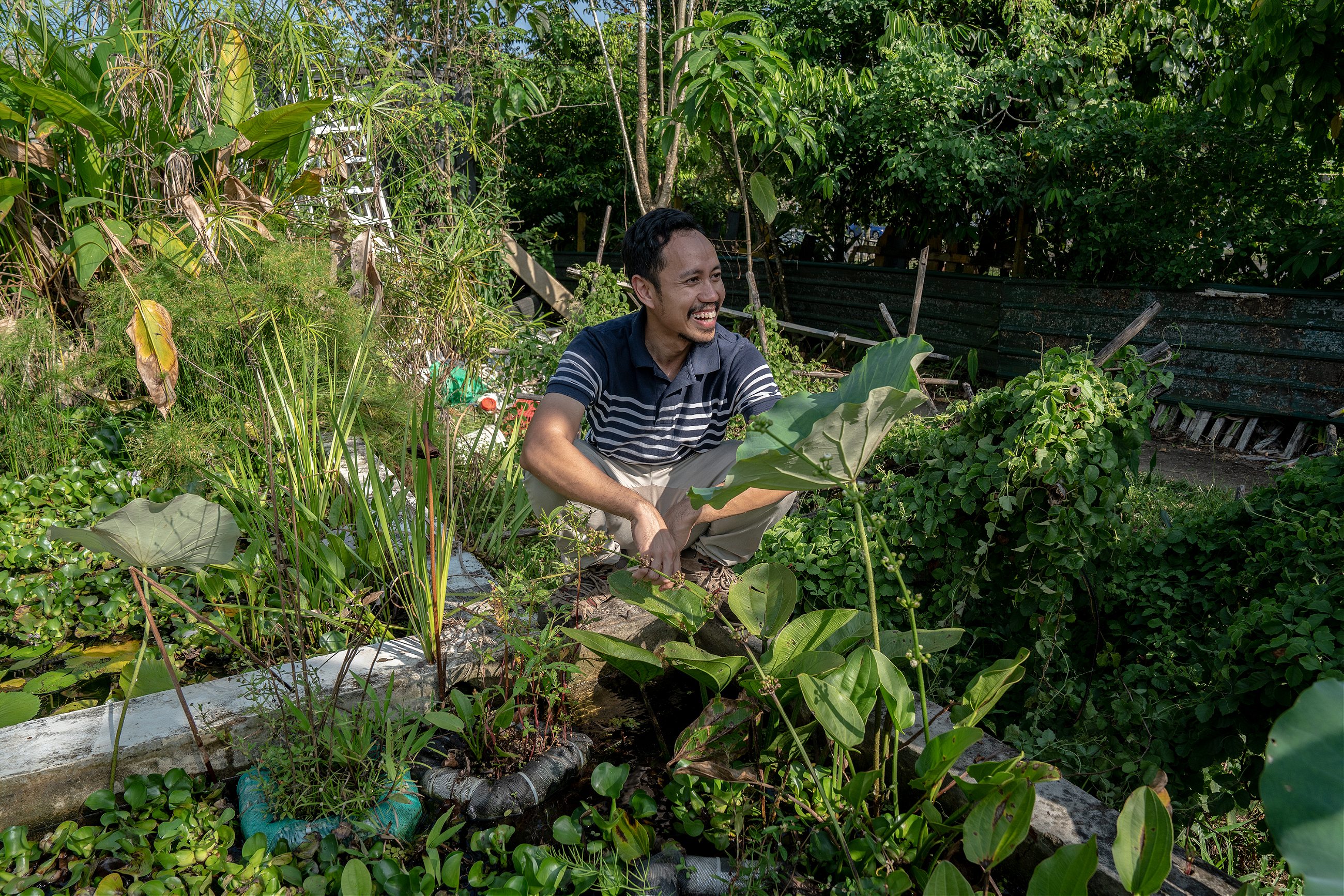
“We see ourselves as impact accelerators, says Sumi Dhanarajan, Forum’s Southeast Asia managing director, “helping these actors further their impact.”
The Protein Challenge, after all, has big goals, aiming for nothing less than the transformation of the present protein food system. “We need to scale up plant-based diets and reduce animal protein production and consumption significantly for reasons such as its carbon footprint, animal ethics, and antibiotic resistance,” explains Forum for the Future’s Madhumitha Ardhanari, who leads the initiative. “However, it would be too narrow to only look at plant-based and alternative proteins in a region where so many smallholder livelihoods are dependent on animal agriculture and where demand for animal protein—especially seafood—is increasing, both for consumption and export.”
The meat of the problem
Why is a Protein Challenge needed in Southeast Asia? Global meat consumption has nearly doubled in the past 30 years from 174 to 337 million tons. Nowhere has this been more pronounced than in Asia, where demand rose by 63% between 2000 and 2019. That figure, by comparison, is less than 8% for North America, Europe, and Latin America.
“A big proportion of that growth accrues to China and India…but it also comes significantly from Southeast Asia, from countries like Indonesia and Vietnam,” says economist Shivin Kohli, who studies alternative proteins at tech-focused consultancy Access Partnership. Population booms and burgeoning incomes are vital factors, he says.
By 2030, Asia will be home to 65% of the world’s middle class. “Eating meat is somewhat of a status symbol in this region,” he says. Growing income levels will lead to an 80% increase in protein demand by 2050.
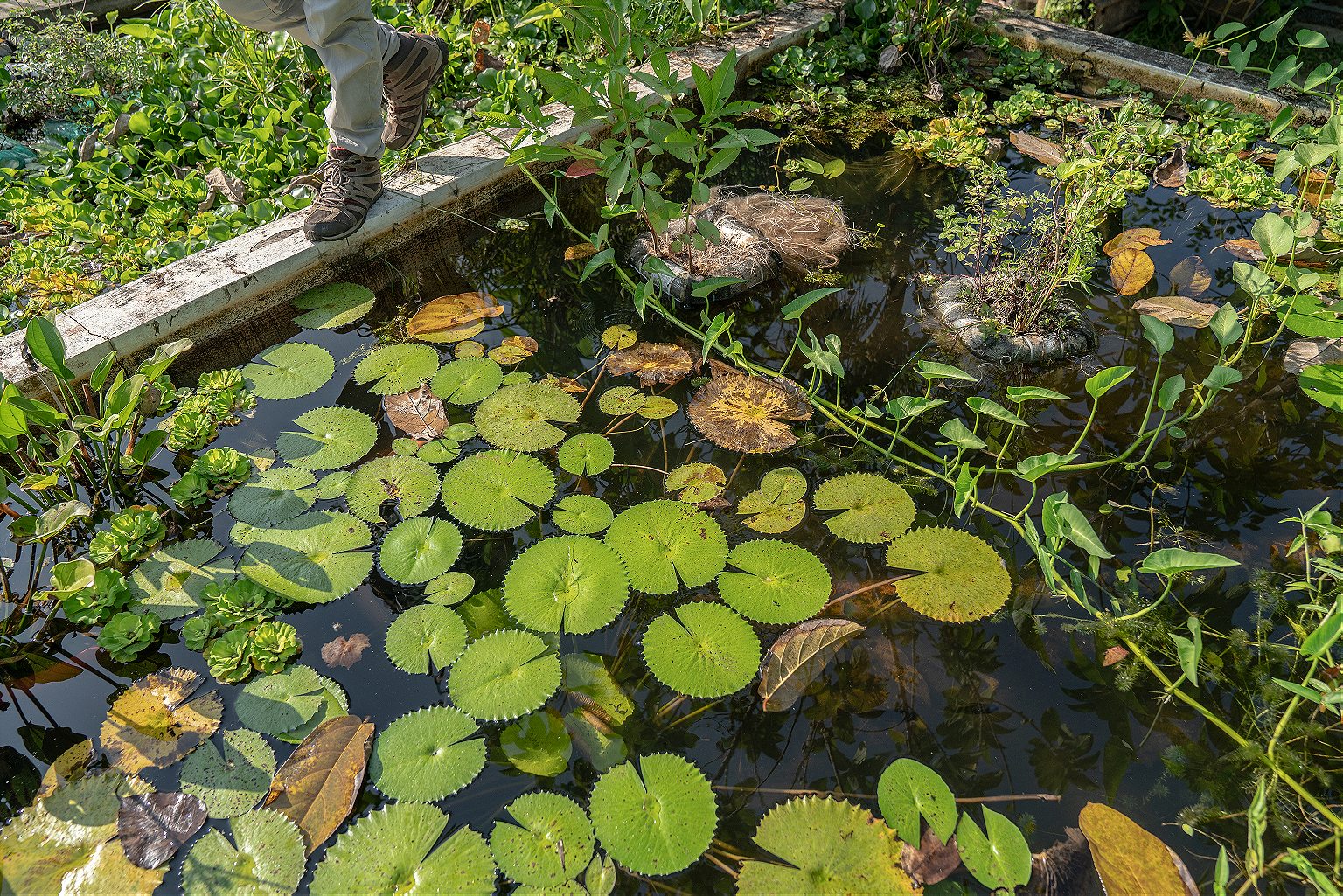
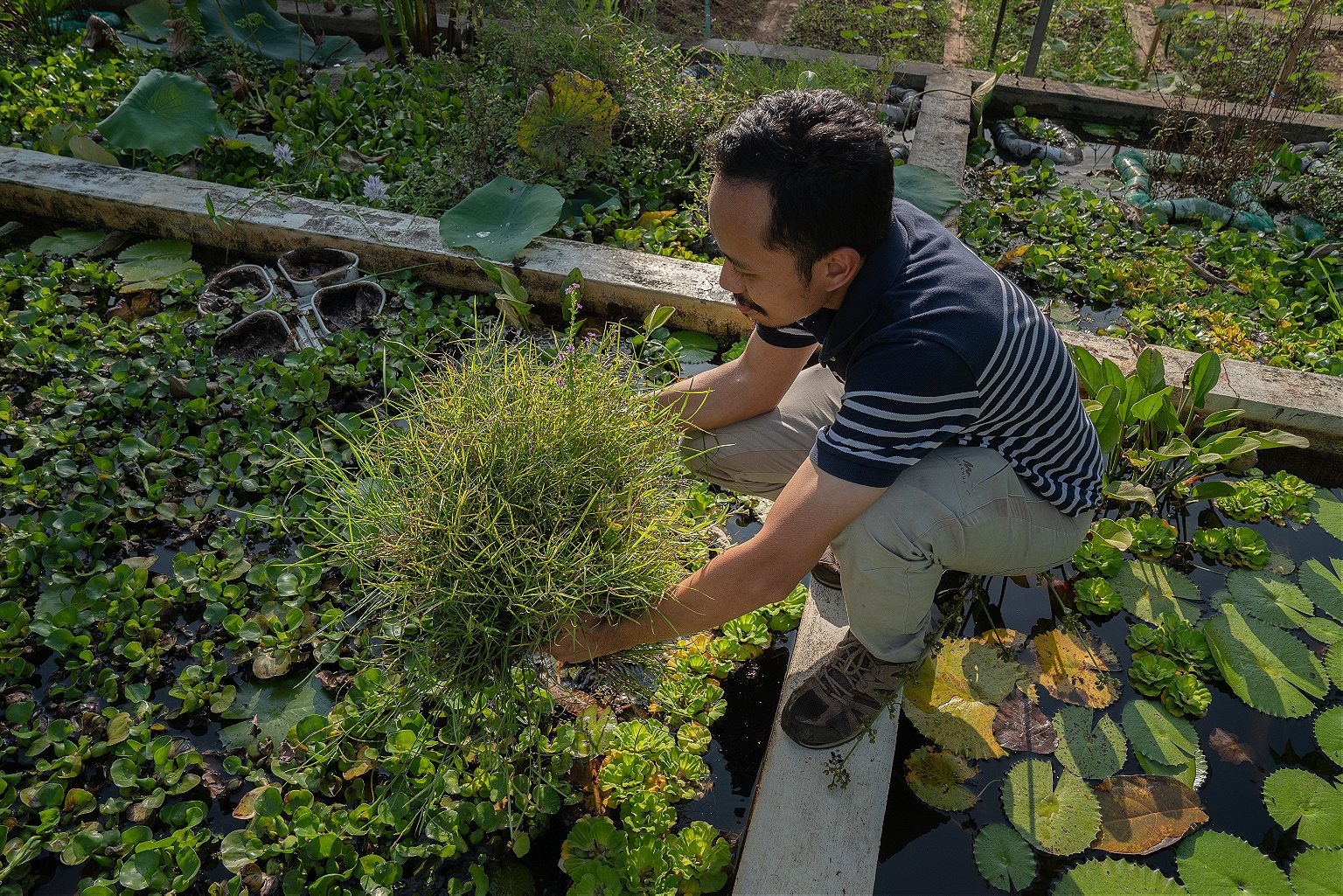
Meeting those rising protein demands without radical changes in the farming system is more than a consumer issue. It’s also about climate change. For example, Asia lost 100,000 hectares of mangrove forest—an important global carbon sink—between 2000 and 2012, with shrimp production accounting for 30% of this loss.
“We definitely know that this region is going to be one of the hardest hit by the climate crisis,” says Dhanarajan. Four Southeast Asian countries — Myanmar, the Philippines, Thailand, and Vietnam — were among the top 10 countries most affected by climate change in the past 20 years. If left unchecked, climate change could shave off 11% of the region’s GDP by the end of the century, alongside a 50 to 70 cm rise in sea levels, which would threaten 77% of Southeast Asians who live in coastal areas along low-lying river deltas.

Embracing the complexity
The shift to alternative proteins—those produced from plant or animal cells, especially those made in a climate-agnostic manner in labs, might help buffer some of these threats. Plant-based alternatives to beef would release up to 87% fewer greenhouse gas emissions and require 75% less water and 95% fewer land resources. The launch of vegan and vegetarian plant-based products has quadrupled in the region since 2016. But these are often spearheaded by well-funded startups. There’s a risk they may crowd out Southeast Asia’s smallholder farmers, who currently produce more than 80% of the region’s food.
While various innovators are working hard to enact changes to the existing food system, they lack the proper focus, says Dhanarajan. Many are too intent on achieving quick fixes—solutions that ramp up protein production to meet growing demand and curb food insecurity at the environment’s expense. “There’s also a tendency towards linear and siloed thinking, whereas the protein system is incredibly complex,” she says.
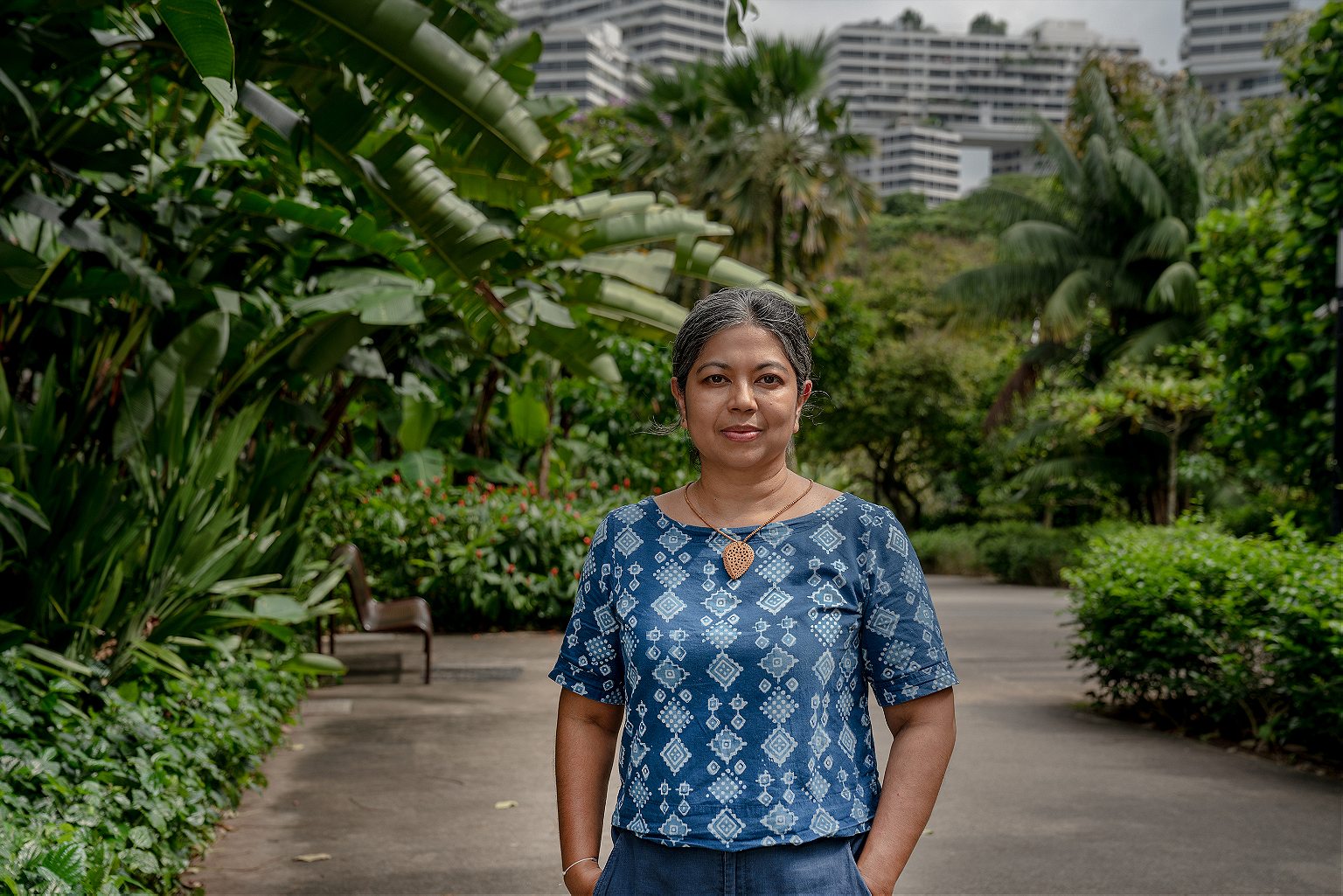
The proper response to this complexity, says Ardhanari, is collaboration. Her team has organized two workshops for nearly forty Protein Visionaries across various sectors. She says they designed these events to “support collaboration between changemakers” and begin piloting interventions for change. Forward thinking is a considerable part of these sessions. Ardhanari and her team encourage participants to imagine what the region’s protein system might look like in 2050—and what role they could play in its transformation.
“When you say to someone: ‘It’s not just about producing a really cool soy burger. Can you actually solve the problems of the protein system in Southeast Asia?’ Clearly it’s a big question,” says Dhanarajan. “Our job is to transform this overwhelm into one where people feel inspired and say ‘We can do this.’”
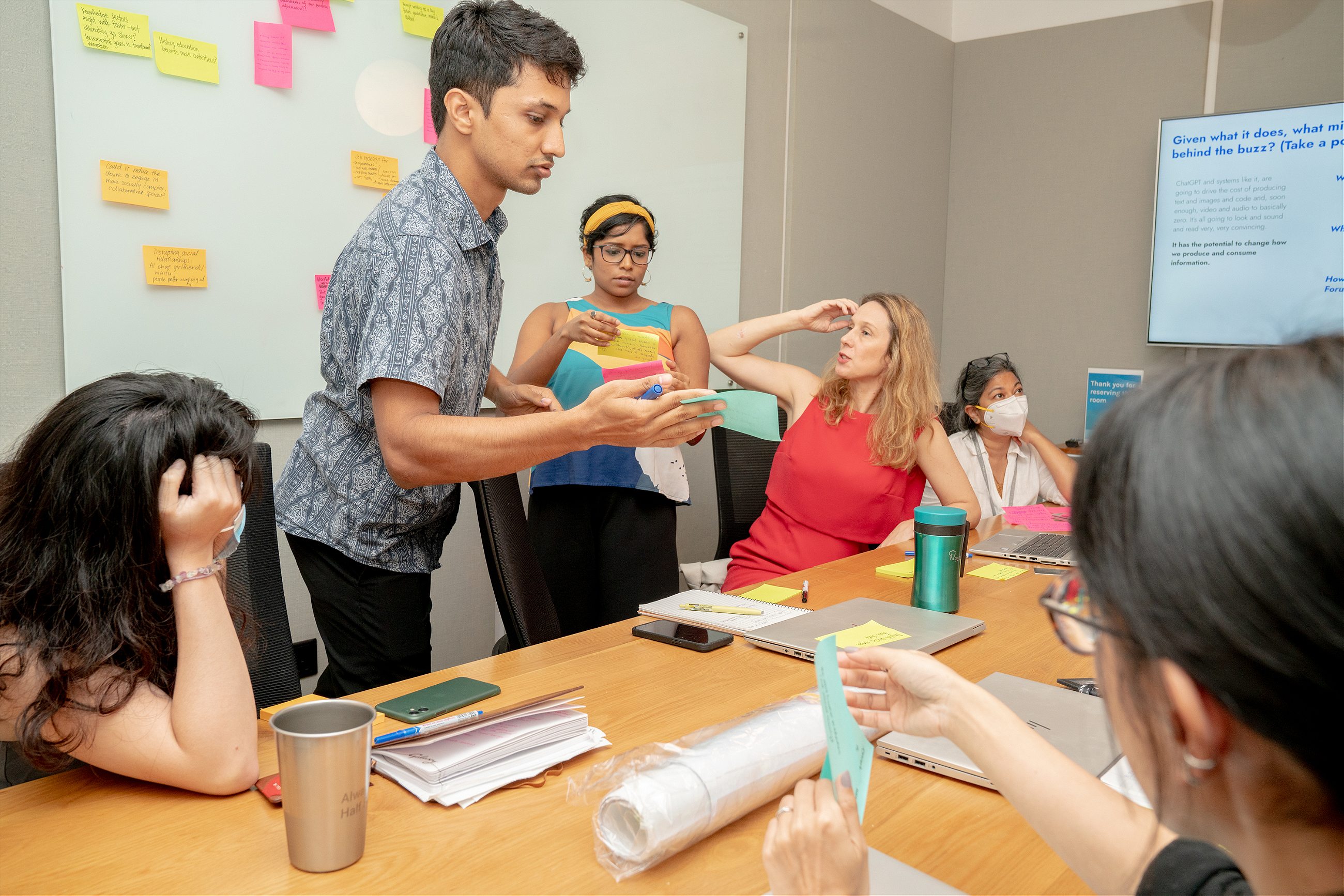
The trick, she says, is to break down the overarching aim into small, actionable steps. Her team helps participants identify critical points in the system where they can intervene and generate the most impact. They also encourage innovators to think about the bigger picture, such as whether they can source plant-based raw material from smallholder growers to help support the latter’s livelihoods.
However, quantifying the initiative’s tangible results three years on is difficult. “When you’re working with systems changing, it’s got a long tail to it, so you don’t necessarily see your impacts straightaway,” says Dhanarajan.
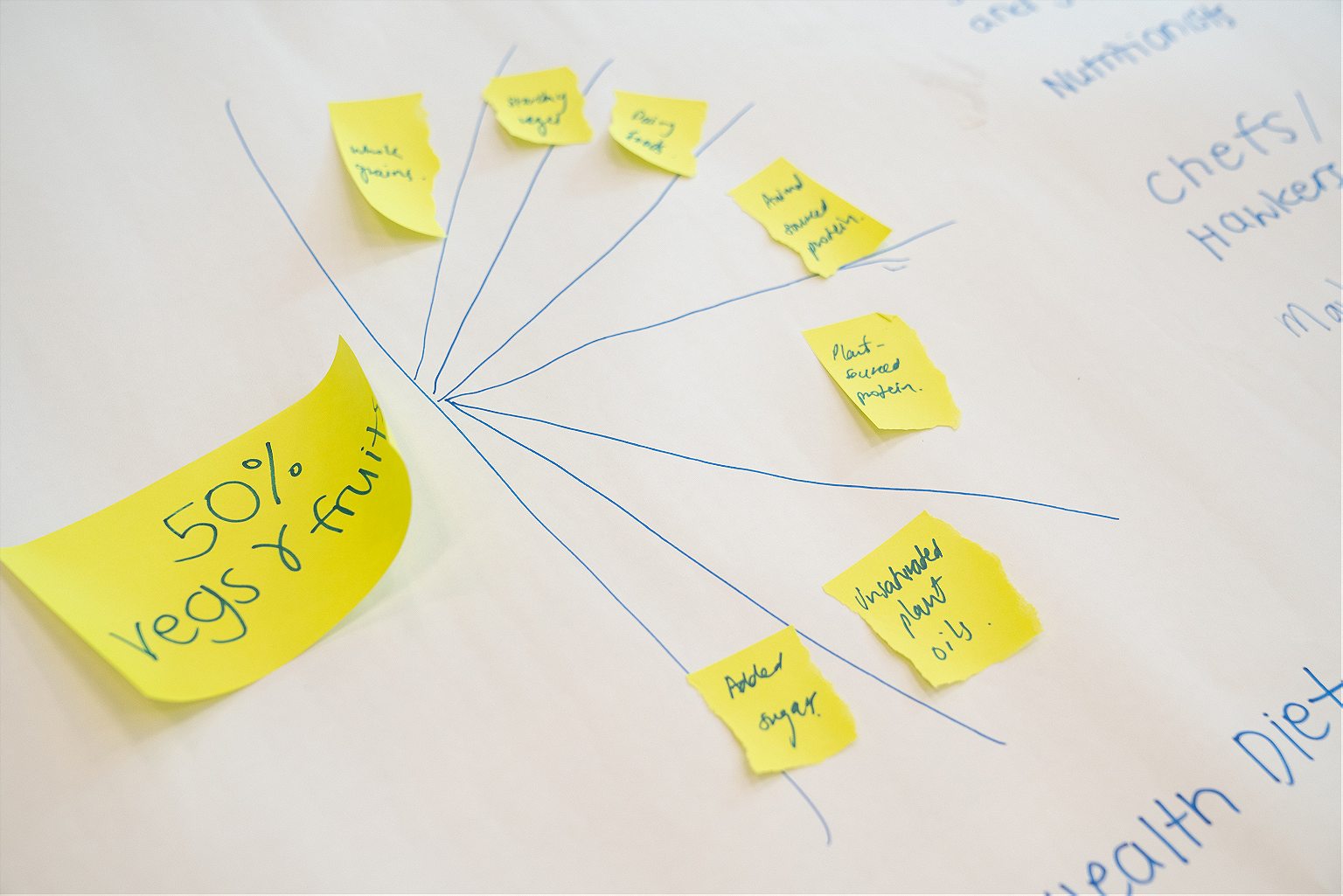
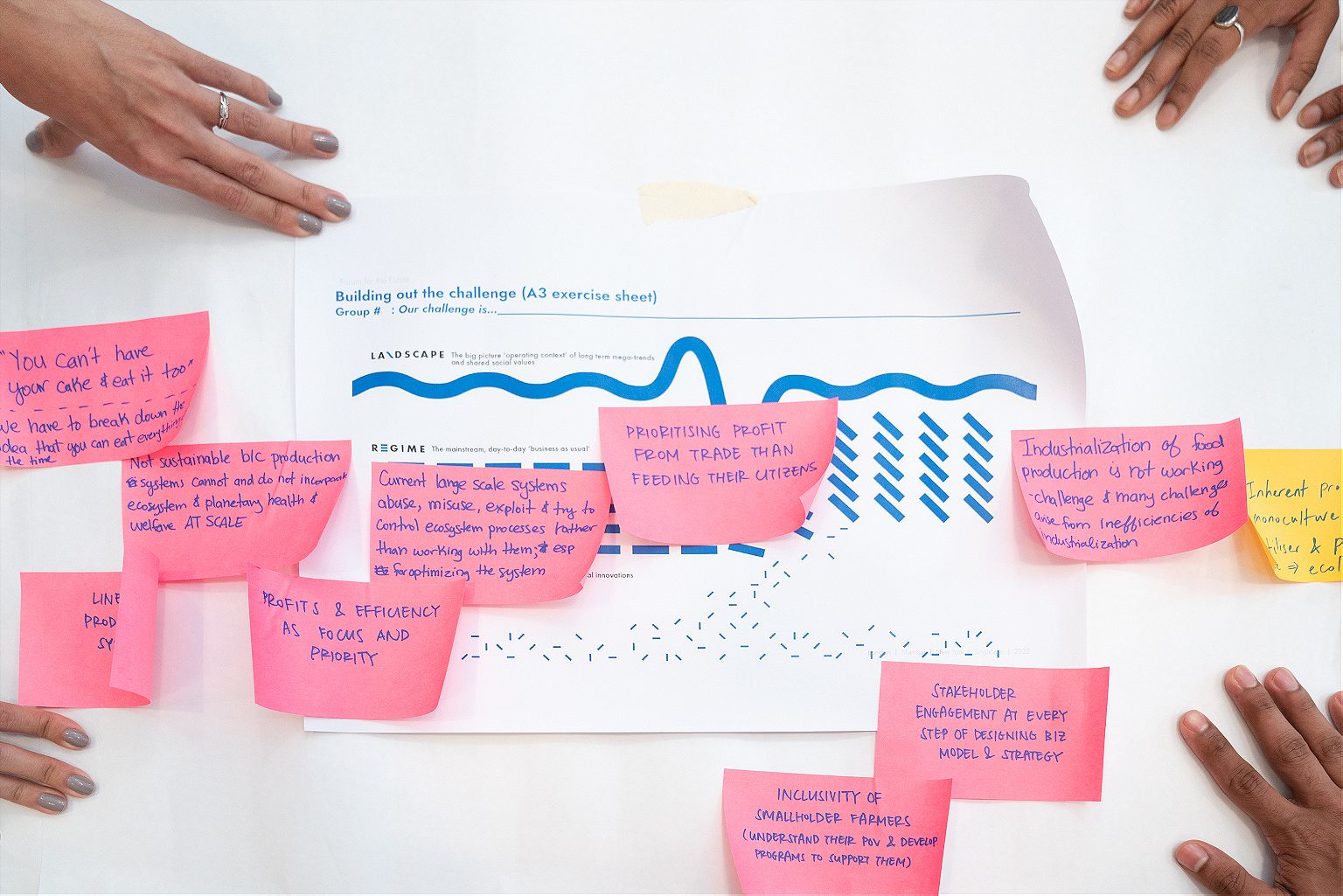
Significantly, the initiative has already helped establish channels for cross-disciplinary collaboration—one of the key aims the team laid out from the beginning. “No organization, however innovative or powerful, can create the change needed alone,” says Ardhanari.
For Soil Social’s Ong, this collaboration was the biggest boon. The resources are there, but because it’s such a huge problem to tackle, it’s all a bit fragmented, she says. “For example, I’m working on a regenerative solution. But I may not always know who to talk to to move that solution forward, be it test-bedding in certain countries or working with farmers or finding the right financial capital. [They] have the network to connect us.”
Any sustainable food game-changers on your radar? Nominate them for the Food Planet Prize